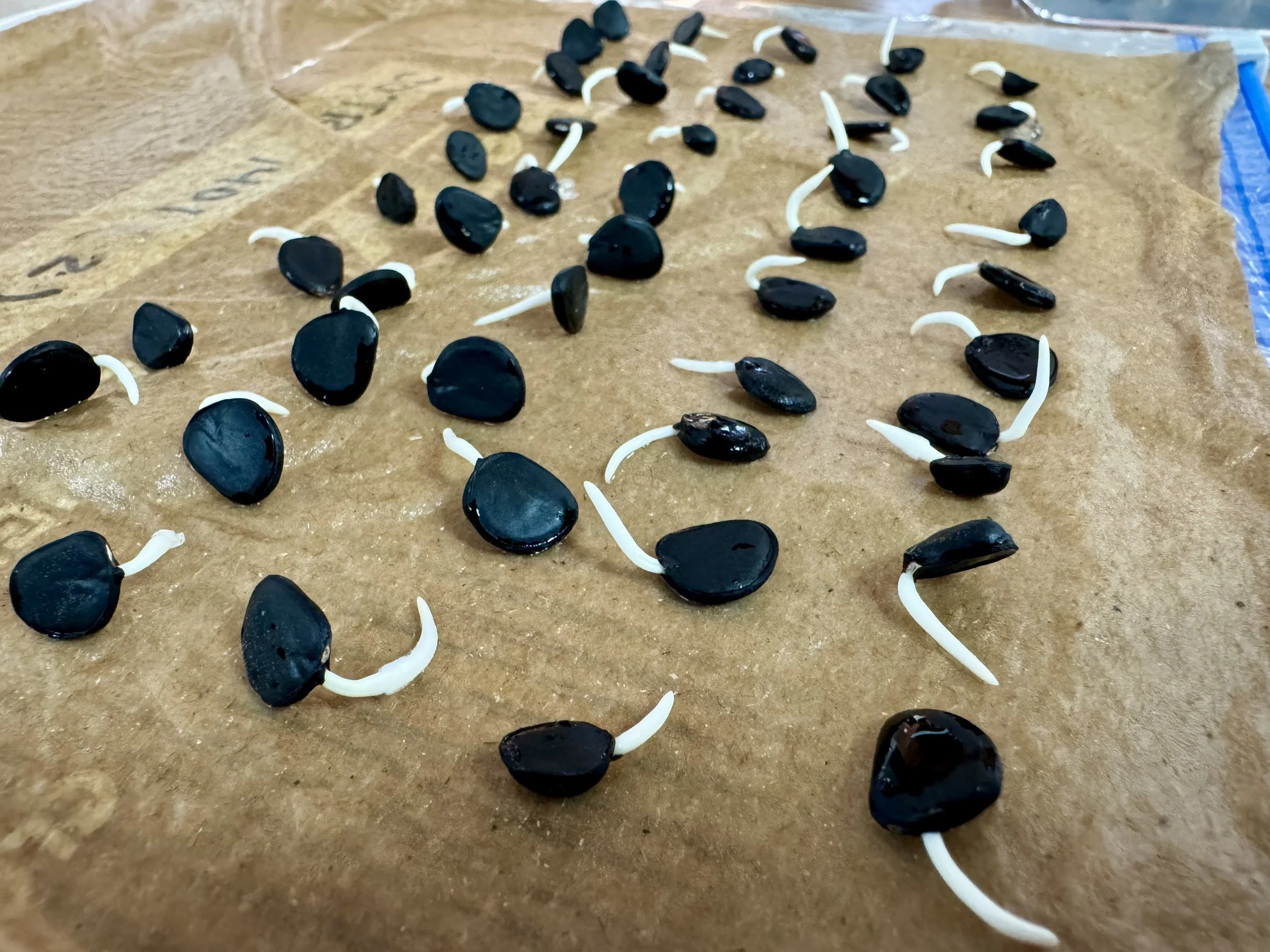
The California desert region comprises over 25% of the state and is home to more than 2,000 species of native plants, making it one of the most biodiverse regions in the country. Today, the California desert faces several major threats, including climate change, poorly sited development, wildfire, degraded ecosystems, species loss, and drought. MDLT engages in public policy to ensure the long-term protection of the California desert ecosystems. Through this work, we are raising greater awareness of the issues affecting the California desert and taking action to preserve its natural, cultural, scenic, historic, and scientific values for future generations to experience.
Dismantled environmental safeguards: An interactive timeline
Since January 2025, the federal administration has introduced a dizzying number of policies, rules, and revisions that have eroded our bedrock climate and environmental laws and are fundamentally undermining how conservation works in our public lands.
Amid the continuous executive orders, government layoffs, and budget negotiations, it can be easy to lose sight of the big picture. That’s why our team has sifted compiled the biggest policy decisions impacting the California desert in a new interactive timeline.
Tell the administration: Hands off the Endangered Species Act!
Our ability to fight the extinction crisis is in peril. A new proposal by the administration will gut the Endangered Species Act by prioritizing economic impact over critical habitat, removing climate change impacts, and abolishing automatic protections for threatened species.
The public has a short window to register their feedback on the Federal Register for this proposal before the administration makes a final decision.
Tell Congress: Don’t defund our public lands!
After deep cuts from the newly enacted One Big, Beautiful Bill, Congress is considering even more massive defunding proposals for our public lands and waters. This reduction in funding would literally stop work to safeguard vulnerable wildlife, reduce public land visitor safety, and slow the rate of critical innovations to combat the climate crisis.
Don't delay: Please contact Congress now to help stop this massive defunding of environmental protections of our public lands and waters. Your voice makes a difference!
Please join the effort to preserve the California desert.






